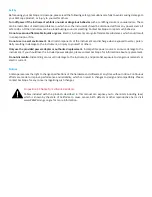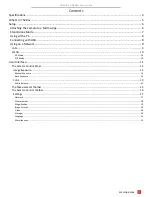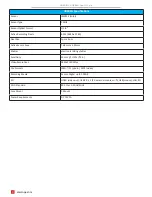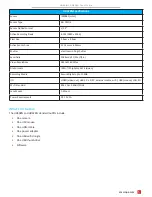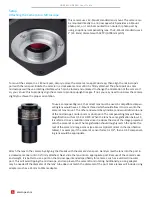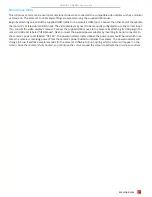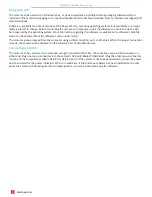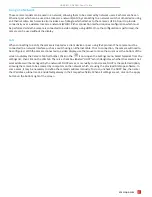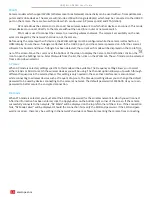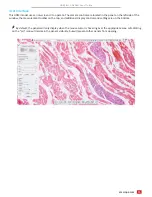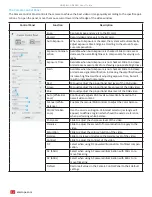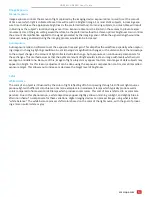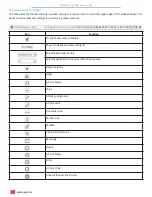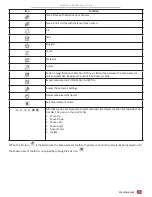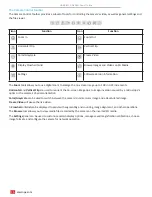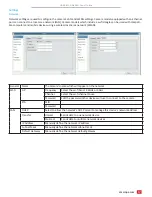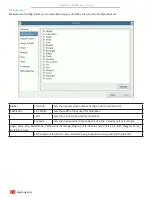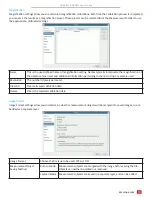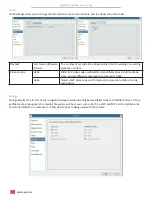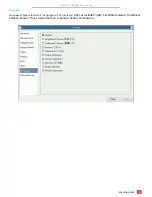
HD408N, HD428N User Guide
HD408N, HD428N User Guide
6
amscope.com
Setup
Attaching the Camera to a Microscope
This camera uses a C-Mount standard lens mount. The camera can
be mounted directly to a microscope which provides a C-Mount
photo port, or it can be mounted to an ocular or photo port by
using an optional compensating lens. The C-Mount standard uses a
1” (25.4mm) diameter with 32TPI (0.794mm pitch).
To mount the camera to a C-Mount port, simply remove the camera’s lens-port dust-cap, then align the microscope’s
port with the lens port. Rotate the camera in a clockwise manner until it is firmly attached. The photo port on some
microscopes will have a rotating interface which can be locked and unlocked to change the orientation of the camera. If
so, you can use this to properly align the camera to produce upright images. If not, you may need to unscrew the camera
slightly to achieve the proper orientation.
To use a compensating lens, the correct lens must be used. A compatible compen-
sating lens would have a C-Mount thread which would allow it to screw onto the
camera’s lens mount. The other end would be cylindrical, and would slide into one
of the microscope’s ocular ports or photo port. The compensating lens will have a
magnification such as 0.5X or 0.37X. When the lens has a magnification below 1X,
it is referred to as a reduction lens since it reduces the size of the image projected
onto the camera’s sensor. The magnification should roughly match the optical for-
mat of the camera’s image sensor (see Sensor Optical Format in the specification
tables). For example, if the camera’s sensor format is 1/2”, then a 0.5X compensat-
ing lens would be appropriate.
Attach the lens to the camera by aligning the threads with the camera’s lens port. Gently screw the lens into the port in
a clockwise manner until it is firmly attached. Next, slide the lens into an appropriate port. Because of the camera’s size
and weight, it is better to use a port on the microscope intended specifically for cameras, such as a vertical trinocular
port. This will avoid tipping the microscope, and can prevent the camera from rotating. Additionally, a sizing adapter
may be needed if the diameter of the lens’ tube does not match the diameter of the port. Some lenses will include sizing
adapters such as a 23mm to 30mm adapter.


